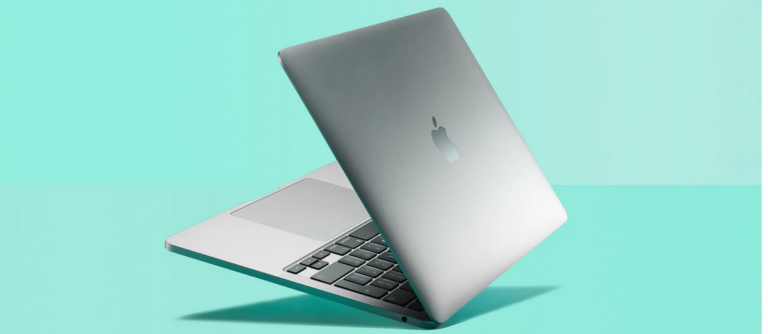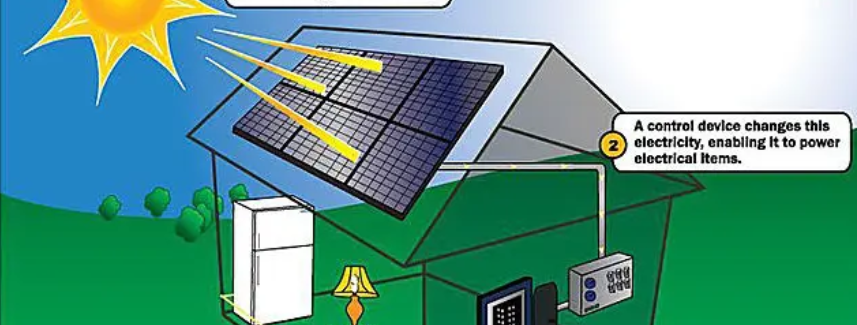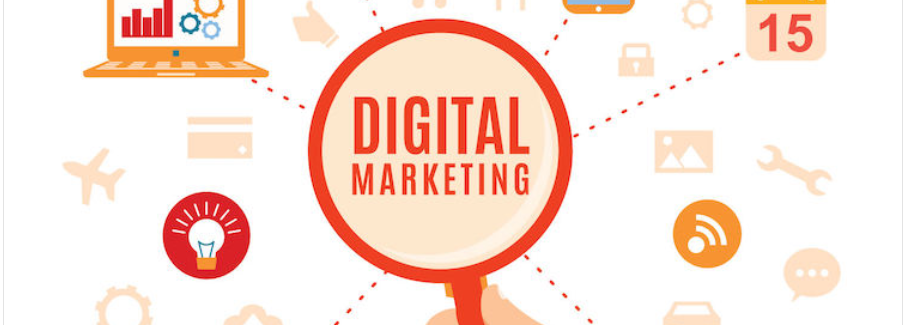How to Choose the Best Laptop for College Students 2023

How to Choose the Best Laptop for College Students 2023
Posted Date: February 11th, 2023
College students utilize laptops for more than simply completing case studies and papers. They may also be used to browse the web, view movies, play games, and many other things. Many different laptops are a tonne of different laptops available, ranging from inexpensive to expensive gaming laptops. The laptop we choose as college students will also rely on the available funds, we have available. There are several factors to consider, making laptop selection difficult. Hopefully, this little advice will help to simplify things.
Which Laptop Is Best for College?
You should be at ease using your laptop because the typical student uses technology for about 75% of the time in school. Before selecting a laptop for college, all students should take the following eight things into account.
-
Weight and Size
Laptop mobility is often a high need for college students. Consider the size, power, & performance trade-offs when choosing between smaller or bigger devices. If you simply want to use your laptop for easy chores like word processing, light, tiny, and simple laptops ought to be adequate, however, other students may place more importance on screen size & faster processing capability. An 11- to 13-inch laptop weighing around 5 pounds should do the trick whether you work in the computer sciences industry or need a larger display and great performance for precise jobs like design work.
-
Battery Life
When selecting a laptop for college, all students should think about the battery life. A typical battery lasts 10 to 14 hours. Smaller computers often have longer battery life and operate more effectively, whereas larger, more powerful laptops may use more power and operate less effectively while having shorter battery lives. Battery life for laptops typically ranges from 8 to 10 hours here on the low end to 12 to 17 hours just on the high end.
-
Resolution and Display
Think about if you will want a huge display for college. Most likely, students who primarily use their laptops for word processing and online surfing won’t want a huge monitor. With so many recent technical developments, even more, affordable laptop models now frequently include high-resolution displays. For most pupils, a 1080p resolution must be adequate. Keep in mind that higher resolutions typically cost more.
-
RAM
The number of applications that may be executed simultaneously on a computer depends on its random-access memory (RAM). The standard starting RAM for most tablets and laptops is 4 GB, which is enough for word processing and web browsing. You can easily run many apps at once when you upgrade to 8 GB. The RAM on your laptop will remain the same even though newly released computer programs normally demand more memory, which might eventually cause your machine to slow down. Therefore, 8 GB of RAM is a best overall investment than 4 Gb while running basic apps.
-
Processor
Among the most crucial components of a laptop is a processor, which, as its name suggests, manages many of the key operations. Nevertheless, students to use more demanding applications, like graphic or multimedia systems, may use higher-end processing units, like an Intel Core i7 or i9. Most users can generally get by with an entry- or pre-processor, for instance, an Intel Core i3 or i5, but these students may benefit from using higher-level processors, like such an Intel Core i7 or i9.
-
Storage and Hard Drive
Your computer’s hard disc, which might differ in size and quality, houses all of the digital data you produce. Computers with solid-state drives (SSDs) operate 3–4 times quicker and are more reliable than those with conventional hard drives since they have no moving components. SSDs are frequently more expensive as well, although the improvement in performance and speed typically justifies the additional cost. Choose an SSD if your budget permits. If you choose a standard hard drive, search for the model with the most storage in your price range. Although some college students might desire to have 250 GB or more capacity, standard hard drives normally offer at least 128 GB.
-
Running System
Windows or Mac OS, which both offer compatibility & complete functionality, power most laptops. In general, Macs are more costly and come with proprietary software, whereas Windows PCs are less priced and allow more customization. The either boot loader will be enough for students who just need to carry out simple chores, such as emailing and word processing. Despite this, Macs are frequently regarded as superior laptops among college students who must carry out specific tasks, such as video editing.
-
Price
The cost and quality of laptops can vary greatly, like with most other electronic devices. Cheaper versions often have weaker technology that performs worse, while more costly ones have faster processors, more powerful graphics cards, bigger hard drives, and so more RAM. An entry-to-mid-level laptop ($300–$600) should be adequate for most students to satisfy all prerequisites for college courses. Keep in mind that some specialist areas can need more cutting-edge equipment.
End Note
When choosing a laptop for college, students should think about the trade-offs between size, power, and performance, including size and weight battery life, resolution & display, RAM, and RAM. RAM, CPU, storage, hard drive, & SSDs, which are 3–4 times quicker and more dependable than traditional hard drives, are the most crucial laptop parts. Laptop prices and quality can vary widely, with less costly models having less advanced technology and much more expensive models having more advanced CPUs, graphics cards, larger hard drives, and RAM.
Related Posts
How Do Solar Panels Work for Your Home?
Top Posts




Latest Post
Stay Informed
Sing up to stay update with Business, Lifestyle, Entertainment, and Many More.




